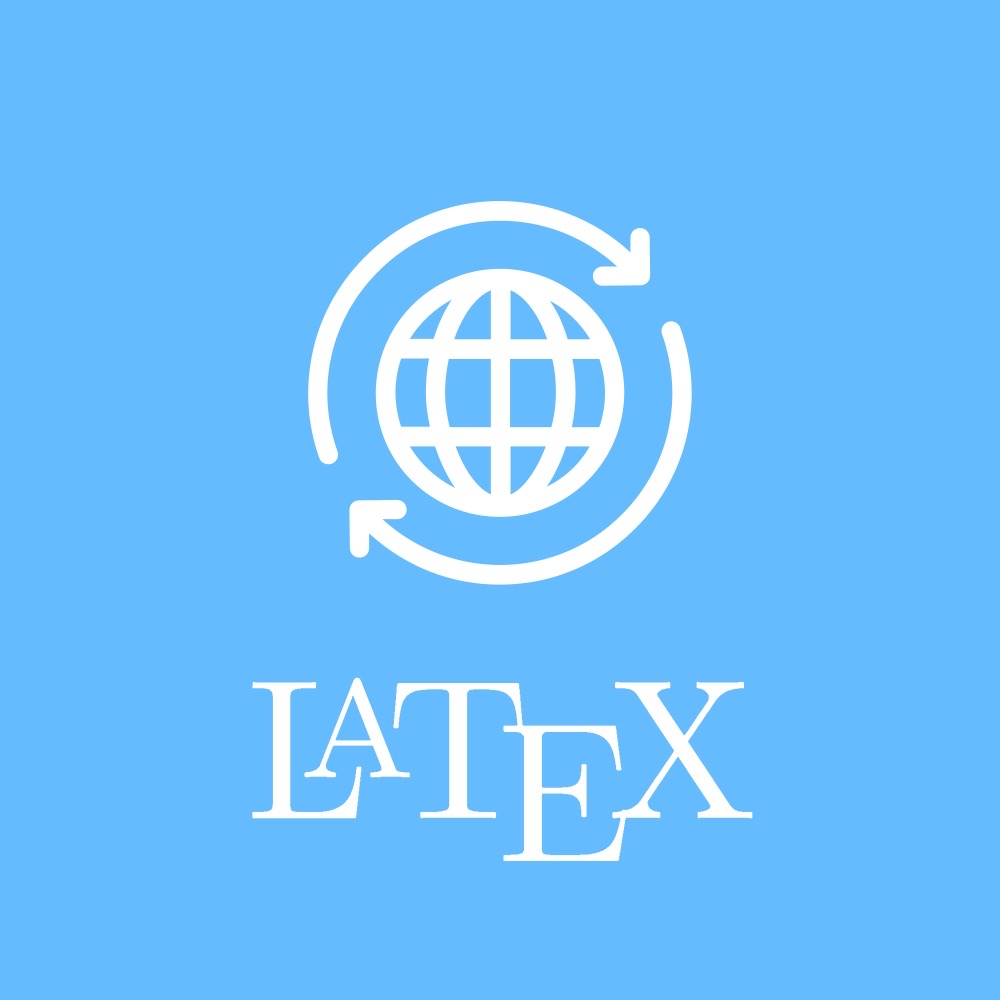If you see this, something is wrong
Collapse and expand sections
To get acquainted with the document, the best thing to do is to select the "Collapse all sections" item from the "View" menu. This will leave visible only the titles of the top-level sections.
Clicking on a section title toggles the visibility of the section content. If you have collapsed all of the sections, this will let you discover the document progressively, from the top-level sections to the lower-level ones.
Cross-references and related material
Generally speaking, anything that is blue is clickable.
Clicking on a reference link (like an equation number, for instance) will display the reference as close as possible, without breaking the layout. Clicking on the displayed content or on the reference link hides the content. This is recursive: if the content includes a reference, clicking on it will have the same effect. These "links" are not necessarily numbers, as it is possible in LaTeX2Web to use full text for a reference.
Clicking on a bibliographical reference (i.e., a number within brackets) will display the reference.
Speech bubbles indicate a footnote. Click on the bubble to reveal the footnote (there is no page in a web document, so footnotes are placed inside the text flow). Acronyms work the same way as footnotes, except that you have the acronym instead of the speech bubble.
Discussions
By default, discussions are open in a document. Click on the discussion button below to reveal the discussion thread. However, you must be registered to participate in the discussion.
If a thread has been initialized, you can reply to it. Any modification to any comment, or a reply to it, in the discussion is signified by email to the owner of the document and to the author of the comment.
Table of contents
First published on Saturday, Sep 20, 2025 and last modified on Saturday, Sep 20, 2025 by François Chaplais.
I am normally hidden by the status bar
1 Introduction
LaTeX2Web lets you organize content in tabs. Each tab content is a chunk. The appearence of the tab group can be classical tabs or “pill” tabs.
A tab group is defined by a tabGroup. Inside, each tab is defined by a tab environment.
2 Examples
2.1 Tab style
LaTeX2Web lets you organize content in tabs. Each tab content is a chunk. The appearence of the tab group can be classical tabs or “pill” tabs. Here we have tab style.
Chunks are simple LaTeX2Web components which are terminal objects types. Theses objects cannot include other LaTeX2Web objects.
Every chunk can be styled. Styling is not encouraged for the tab styled tab groups.
Each tab is enclosed in a tab environment. The tab itself has two parts.
- The text of the tab is defined using a
\captioncommand. - The rest defines the tab content.
2.2 Pill style
To style a tab group as pill, append the opening statement \begin{tabGroup} with the optinal parameter pill.
LaTeX2Web lets you organize content in tabs. Each tab content is a chunk. The appearence of the tab group can be classical tabs or “pill” tabs. Here we have pill style.
Chunks are simple LaTeX2Web components which are terminal objects types. Theses objects cannot include other LaTeX2Web objects.
Every chunk can be styled. The pill style is adapted to custom styling.
Each tab is enclosed in a tab environment. The tab itself has two parts.
- The text of the tab is defined using a
\captioncommand. - The rest defines the tab content.
2.3 Styled pill tabs
LaTeX2Web lets you organize content in tabs. Each tab content is a chunk. The appearence of the tab group can be classical tabs or “pill” tabs. Here we have pill style.
This tab has been given a border.
Chunks are simple LaTeX2Web components which are terminal objects types. Theses objects cannot include other LaTeX2Web objects.
Every chunk can be styled. The pill style is adapted to custom styling.
This tab has been given a border and a light yellow background.
3 Syntax
Here is the general syntax for LaTeX2Web tabbed content. In this example, the pill style is chosen.
\begin{tabGroup}[pill]
\begin{tab}
\caption{text of the first tab button}
... content of first tab ...
\end{tab}
\begin{tab}
\caption{text of the second tab button}
... content of second tab ...
\end{tab}
\end{tabGroup}4 Summary
Summary 1
Tabbed content is defined by a tabGroup environment. The tab group can have two styles.
tab(which is the default)pillwhich lends itself more to tab styling.
Each tab is defined by a tab environment. The text of the tab button is defined with the \caption command. The rest is the the tab content.
The content of a tab is a chunk which can be styled.
